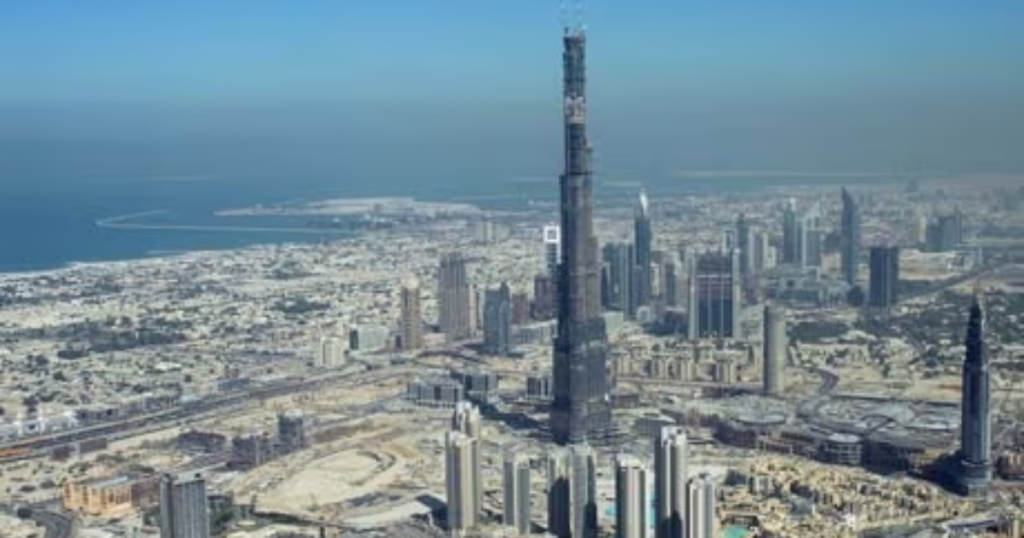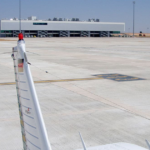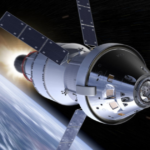Introduction
Dubai is synonymous with luxury, innovation, and grandiose architecture. Over the past few decades, the city has transformed into a global hub of tourism, business, and technology. However, not all ambitious projects in Dubai have seen success. Many large-scale developments were abandoned due to financial constraints, logistical challenges, or shifting economic priorities. These unfinished megaprojects now stand as reminders of unrealized dreams and the volatility of large-scale urban planning.
Why Do Mega Projects Fail?
Several factors contribute to the abandonment of ambitious developments in Dubai:
- Financial Crises: The 2008 global financial crisis hit Dubai hard, leading to the shelving of many high-profile projects.
- Investor Withdrawal: Many projects relied on international investors who pulled out due to market instability.
- Sustainability Issues: Some projects were too grand to be feasible in terms of maintenance and environmental impact.
- Regulatory and Bureaucratic Hurdles: Certain developments faced legal issues or failed to meet evolving urban planning requirements.
- Market Demand: Shifting trends in real estate, tourism, and business impacted the demand for some of these megaprojects.
Notable Abandoned Mega Projects in Dubai
The World Islands
One of Dubai’s most ambitious projects, The World Islands is a man-made archipelago of 300 islands shaped like a world map. The project was launched in 2003 with the promise of luxury hotels, private residences, and resorts. However, due to financial difficulties and rising costs, most of the islands remain undeveloped. Today, only a few islands have been completed, while others are sinking due to erosion and lack of maintenance.
The Universe Islands
Following the concept of The World Islands, The Universe Islands were envisioned as a celestial-themed archipelago representing the sun, moon, and planets. Planned to be even larger than The World Islands, the project never progressed beyond the initial planning stages due to funding shortages and feasibility concerns.
Dubailand
Dubailand was planned to be the world’s largest entertainment complex, spanning 278 square kilometers. The project aimed to host theme parks, luxury hotels, and residential developments. However, the 2008 financial crisis halted construction on most of its attractions, leaving only a few elements like Global Village and Dubai Sports City operational. The rest remains an empty desert landscape.
The Dubai Tower
Planned to surpass the Burj Khalifa in height, The Dubai Tower was proposed as part of the Lagoons development. It was set to be a masterpiece of futuristic architecture, but the financial crisis led to the indefinite suspension of the project. Today, the site remains undeveloped.
Al Maktoum International Airport Expansion
Originally planned to be the world’s largest airport, Al Maktoum International (Dubai World Central) was set to handle over 160 million passengers annually. While the airport is operational, its expansion has faced repeated delays, and the full vision of the project has yet to be realized.

Jumeirah Gardens
Jumeirah Gardens was announced in 2008 as an upscale urban development featuring high-end residential towers, office spaces, and green areas. The financial downturn forced the project to be put on hold indefinitely, and much of the planned infrastructure was never built.
Palm Jebel Ali
Following the success of Palm Jumeirah, Palm Jebel Ali was envisioned as an even larger artificial island. Construction began, but the project was stalled due to economic downturns and lack of investor interest. Today, parts of the reclaimed land exist, but no significant development has taken place.
Desert Rose City
Dubai announced the development of Desert Rose City as a sustainable smart city designed to accommodate 160,000 residents. The project aimed to integrate green energy and modern urban design. However, years after its announcement, there has been little progress, and its future remains uncertain.
Falconcity of Wonders
Promising to bring the world’s most famous landmarks to Dubai, Falconcity of Wonders was designed to feature replicas of the Eiffel Tower, Taj Mahal, and Great Pyramid. While some elements of the project have materialized, most of it remains on hold, with vast empty plots waiting for development.
Dubai Creek Tower
Initially intended to be the tallest structure in the world, Dubai Creek Tower was announced as the centerpiece of the Dubai Creek Harbour development. While the foundations were laid, construction stalled, and its completion date remains uncertain.
What Happens to Abandoned Projects?
Dubai has a reputation for revitalizing and repurposing failed projects. Several outcomes are possible for these abandoned developments:
- Revival with New Investors: Some projects attract fresh investments and undergo redesigns to align with modern needs.
- Demolition & Repurposing: Some land plots are repurposed for new projects with more practical goals.
- Temporary Uses: Certain unfinished areas are used for temporary events, film productions, or exhibitions.
Lessons from Dubai’s Abandoned Dreams
While Dubai remains a global leader in innovation and urban development, its abandoned projects highlight key lessons:
- Sustainable Planning: Grand projects must be balanced with long-term sustainability and practicality.
- Economic Resilience: Over-reliance on real estate speculation can lead to financial instability.
- Investor Confidence: Securing consistent funding and avoiding overambition is crucial for successful execution.
Conclusion
Dubai’s skyline is a testament to human ambition, but its abandoned mega projects reveal the challenges of large-scale urban development. While some of these projects may eventually find new life, others serve as cautionary tales of unchecked ambition and economic downturns. As Dubai continues to evolve, its future developments will need to balance grandeur with sustainability to avoid repeating past mistakes.


